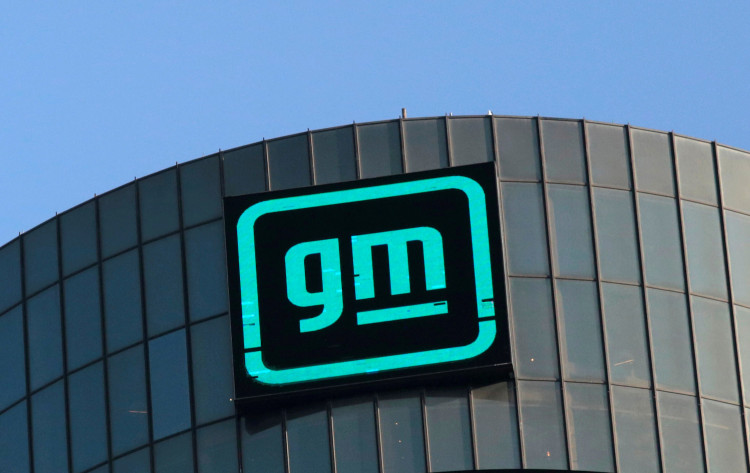On Tuesday, due to better-than-expected demand for new vehicles and reduced expenditures, General Motors (GM) released robust financial results premarket and raised its performance guidance for the second time this year.
The report reveals GM's Q2 revenue reached $44.7 billion, surpassing the market estimate of $42.82 billion. This figure represents a quarter-over-quarter growth of 11.8% and a year-over-year increase of 25%. Adjusted earnings per share were $1.91, outperforming analysts' average forecast of $1.86.
GM's Q2 adjusted earnings before interest and taxes (EBIT) were $3.234 billion, marking a year-over-year growth of 38.0%. This profit figure deducts an additional expense of $792 million, attributed to a new business agreement between GM, LG Electronics, and LG Energy Solution following the recall of the Chevrolet Bolt EV last year. GM noted that it plans to cease production of the Bolt EV and EUV by the end of this year.
Interestingly, the report shows that, while investors eagerly anticipate progress in GM's electric vehicle (EV) projects, the company's traditional business of producing gasoline and diesel-fueled SUVs and trucks is yielding significant profits. Despite rising interest rates and prices, consumers continue to purchase the most fuel-intensive and expensive vehicle models.
CEO Mary Barra stated that the primary driver behind their financial performance was consumer demand for their vehicles, with GM's market share in the U.S. rising for four consecutive quarters.
In another move reflecting positive financial health, GM raised its earnings guidance for the second time this year. The company now projects its full-year adjusted EBIT to range from $12 billion to $14 billion, up from the previously anticipated $11 billion to $13 billion. It also predicts a full-year adjusted EPS between $7.15 and $8.15, an increase from the former forecast of $6.35 to $7.35.
Barra explained that the optimistic full-year performance expectation hinges on the assumption that there will be no labor strikes this year. GM reportedly began negotiations for a new contract with the United Auto Workers (UAW) ahead of the September 14 deadline.
Barra further announced that GM has also revised its 2023 earnings outlook upward due to decreased capital expenditures. The company currently estimates its 2023 capital expenditures to range from $11 billion to $12 billion, lower than the previously expected $11 billion to $13 billion.
GM is focusing its investments on its most strategically significant internal combustion engine and electric vehicle projects, as well as its most promising growth plans. These include its self-driving car division, Cruise LLC, the BrightDrop electric vehicle fleet, and software-defined vehicles.
In addition, GM's Chief Financial Officer Paul Jacobson announced the company's ongoing commitment to cost-cutting, including marketing expenses. The company aims to reduce costs by $3 billion annually by the end of 2024, a process that began earlier this year.
GM executives had previously indicated the need for cost reductions as they attempt to make a profitable transition to electric vehicles.
Jacobson shared with reporters that some competitors have very high profit margins on electric vehicles. He emphasized the need to be proactive in their cost structure to remain competitive.






